Key units of the aviation and tank divisions were reportedly involved in the plot, which received military aid from Trujillo, the Dominican ruler. This was his way of reciprocating Castro’s sponsorship of the recent foray on Santo Domingo.
According to declassified State Department documents, Ambassador Bonsai informed Washington on August 3 that he had advised Castro’s foreign minister, Raul Roa, of the planned uprising and of Morgan’s involvement, based on an FBI report. Bonsai further stated that «on August 4, [he] called on Roa at the latter’s request. Roa said that he had conveyed the information on Morgan to President Dorticos, who was ‘highly alarmed.’ Apparently, Castro has not yet been given the information, according to Roa.»15
In his memoir, Bonsai explains that his tip-off was prompted by his «worries … for the safety of resident Americans because of the possible impact of the Castro tirades about the evil intentions of the United States.»16 He also wrote that an attempt was made to induce a young embassy official to meet with some of the conspirators before they were caught, but no such meeting took place. This assertion is flatly contradicted not only by several cattle ranchers who reportedly shared information on the plot with embassy officers, but also by Paul Bethel, the ambassador’s own press attache.
As related in his book The Losers,17 Bethel received in late June a mysterious call from Morgan, who whispered on the phone, «Come to my house early tomorrow morning.» Bethel had met Morgan and Menoyo when they both visited the embassy a few months earlier and provided details on the progressive Communist takeover of the Castro regime.
Given the urgency of the message, Bethel went to see Morgan at the mansion given to him by the revolutionary government in the swank residential section of Miramar. Dressed in his rebel army uniform, bearing the one-star rank of comandante, the tough, squat, blue-eyed «Americano» greeted Bethel like a «long-lost brother.»
As they walked in the garden, Morgan suddenly turned to Bethel and said: «I have five thousand men, willing and able to fight against communism … Castro is a Communist, see, and we don’t like Communists. I told you about this before. Well, we’ve been working to get our people into strategic spots.» He then ticked off several «coman-dantes» and captains who «are with us.»
After answering a few probing questions posed by Bethel, Morgan became a little nervous, wondering whether he had been wise to divulge «all this information» to him. Bethel assured him, as he swiftly left the house through the garden, that «embassy officers had no obligation to become a source of intelligence for the Cuban government.» It didn’t cross Bethel’s mind that the gist of the long memorandum of the conversation that he wrote and gave to the deputy chief of the CIA in Havana would later be leaked by the ambassador to the Castro regime.
It is still an open question whether Morgan acted as a double agent throughout the process or only when Castro confronted him with general foreknowledge of the conspiracy. On the basis of all the evidence gathered by the embassy, Bethel wrote, Morgan was indeed plotting against Castro. But when Morgan learned that certain of his conspiratorial activities had been brought to the attention of the Maximum Leader, he spilled the beans to save his skin and told Fidel that he had been acting as a double agent to gather as much information as hcfould on the plotters. As a result of these developments, the planned uprising was quashed. More than one thousand conspirators were rounded up and imprisoned.
Morgan and Menoyo (who also flipped over) were declared heroes for having helped to uncover a «treasonous plot» supported by the Dominican dictator Trujillo. But Morgan was not considered trustworthy by the revolutionary elite, particularly after this episode. So, a few months later, he was assigned to a frog farm near the Escambray Mountains to develop several products from frog skins. There he remained vocal about his opposition to the Communist inroads into the revolution. It seems that he also started to amass arms and to enlist disaffected members of the rebel army for a possible revolt. But Fidel was quicker on the draw and arrested him in October 1960.
Morgan’s mettle and disciplined comportment in the dreaded La Cabana prison, putting himself through a daily routine of calisthenics as if he were in a military camp, was vividly described by fellow American inmate John Martino in his book I Was Castro’s Prisoner. But what has not been published is this startling episode recounted by another inmate, Ramon «Rino» Puig, married to my cousin Ileana Arango Puig, who showed the valor of her husband in her stance against the Communist regime.
Rino, a twenty-nine-year-old former Olympic rower who worked for Bacardi, had been sentenced to fifteen years for his involvement in an anti-Communist conspiracy. Although his plot had nothing to do with Morgan, they struck up a relationship behind bars.
According to Rino, Morgan was congenial and upbeat during his stay in La Cabana. He would say, «Not to worry, Rino. We will soon be out of here.» When he told Rino that embassy officers would soon visit him with good news, Rino dismissed that as pure fantasy and said, «The US has revoked your citizenship and wouldn’t allow any emissary to come close to you. You must be delusional!»
To Rino’s astonishment, a few days later he was summoned to a small visitors’ room close to the office of La Cabana. There was Morgan with a big smile surrounded by three embassy officers (presumably from the CIA). The conversation was animated and jovial—kind of odd for a prison. Rino recalled that one of the officers, without making any reference to the US-backed military operation against Castro that was being planned (the Bay of Pigs landing), whispered to both of them, «You will be free in six months.»
Morgan was so excited that, on the way back to their cells, he took out a pack of Kent cigarettes and said to Rino, «Since we don’t have champagne to celebrate, let’s at least take a puff.»
Morgan’s elation was short-lived. On March 9, 1961, the once-hero of the revolution was accused of treason during summary court proceedings and sentenced to death. It was reported that he marched to his trial singing «As the Caissons Go Rolling Along.» On March 11, he was executed along with another young comandante of the rebel army close to him, Jesus Carrera.
Morgan’s Cuban wife served twelve years in prison, and his comrade-in-arms-and-conspiracies, Menoyo, managed to escape to the United States. But when he returned to the island to launch a guerrilla operation, he was caught and condemned to death. His sentence was subsequently commuted to twenty-two years in prison, which he served with long periods of solitary confinement and forced labor.
BONSAI’S APPEASEMENT BACKFIRED (SEPTEMBER-OCTOBER 1959)
If Ambassador Bonsai’s tip-off was intended to improve US-Cuba diplomatic relations, he didn’t get much, if anything, out of it. After waiting three months to see Fidel Castro, Bonsai finally got to meet with him on September 3 for several hours.
As reported by the ambassador, Castro continued to denounce the alleged anti-Cuban media campaign launched by US opinion leaders. He failed to give any assurance that the harassment of the US telephone and electric companies in Cuba would stop, and he justified his support of local Communists because, he said, it helped him politically and in r circles.18
Nonetheless, Bonsai felt that he had been given «a hearing by a responsible person interested in what I had to say and with sufficient consideration for my country, my government, and myself.»19
The ambassador’s advocacy of «understanding and sympathy with the broad aspirations of the Cuban Revolution,» as reiterated in his memorandum to the State Department in late September,20 was seriously undermined by a string of events during the period October-November.
In early October, the Castro regime seized the records of all foreign companies that had been prospecting for oil and took steps to reduce Cuban dependence on imports from the United States.21
On October 19, Comandante Huber Matos, military governor of Camagiiey province and one of the top Sierra Maestra military chiefs, resigned over the issue of the rapidly spreading Communist infiltration of the armed forces. Although Matos continued to defend the revolution, Castro vilified him and ordered his arrest. Raising the specter of communism, Fidel claimed, «bordered on treason.» Following summary court proceedings, Matos was sentenced to twenty years in prison.
Then, on October 21, Castro’s former air force chief who had defected to the United States in June, Pedro Luis Diaz-Lanz, flew over Havana and dropped a large quantity of leaflets accusing Castro of betraying the revolution and turning it over to the Communists. Although the antiaircraft fire from Cuban military and naval installations was the cause of several deaths and injuries, Castro brazenly accused the United States of instigating the «bombardment» of Havana, an action allegedly similar to the attack of the Japanese on Pearl Harbor.22
A few days later, a twenty-seven-year-old comandante, Camilo Cienfuegos, who was rising in popularity, reportedly died when his twin-engine Cessna flying from the cities of Camagiiey to Havana crashed into the ocean. Suspicions abound because the plane mysteriously disappeared and not a single trace was found.
MORE RADICALS IN KEY POSTS
(OCTOBER-NOVEMBER 1959)
Of more portentous significance than Castro’s anti-US fulminations were the government appointments announced in the last quarter of ?59. In late October, Raul Castro was named minister of the consol-ited armed forces. Reporting to him as head of the military intelli-mce and
secret police was the hard-liner Ramiro Valdes, assisted by lanuel Pineiro Losada, the red-bearded ideologue. These appointments denoted Fidel’s determination to place the levers of totalitarian power in trusted hands.
Raul was generally viewed as a rather sinister individual, even by lose who were not aware of his ruthlessness and Communist background as a member of the youth organization of the Socialist Popular (Communist) Party who had trained behind the Iron Curtain. Squint-fed (he looked more Asian than Cuban) with a slight physique and a )ur personality, he was overshadowed by his imposing and charismatic brother.
Raul’s extremism had been intentionally brought up by Fidel to spread the myth that he (Fidel) was moderate compared with Raul and other leaders of the revolution. In his January 21, 1959, speech, io weeks after he had seized power, he warned his enemies that if something were to happen to him, they would get Raul. He backed his words by nominating his brother then and there as second-in-command the 26th of July Movement, thereby laying the groundwork early on for dynastic succession.
Born in 1931 out of wedlock, like Fidel, Raul shares his brother’s ruthlessness and violent history. Both are responsible for numerous :old-blooded executions, torture, and the largest exodus of political jfugees in the history of the Americas (prior to Venezuela). But Raul liffers from Fidel in many ways. Raul lacks Fidel’s magnetism, aydacity, md histrionics, as well as his physical stature. More level-headed and ictured than his brother, he shows a collegial side to loyalists and a loser attachment to his family.
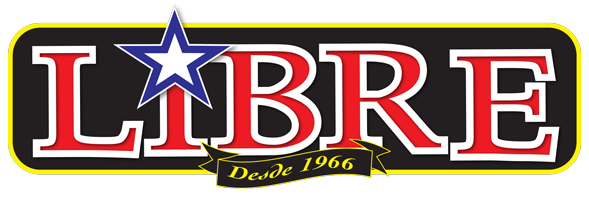
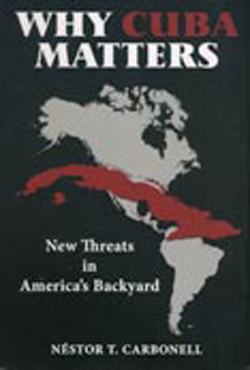

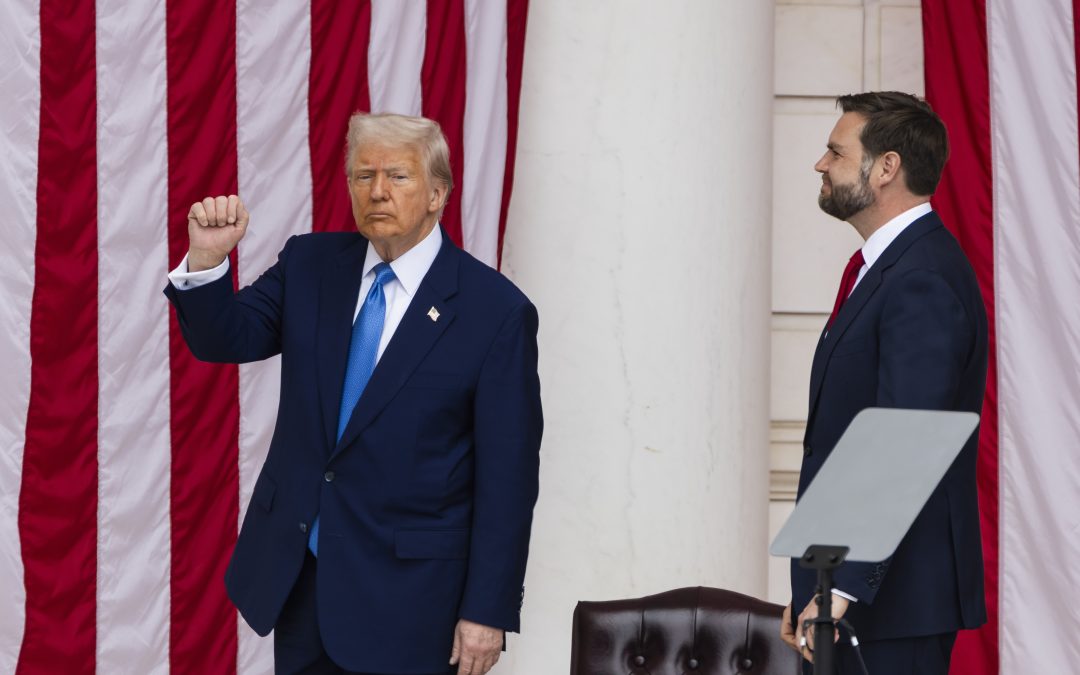
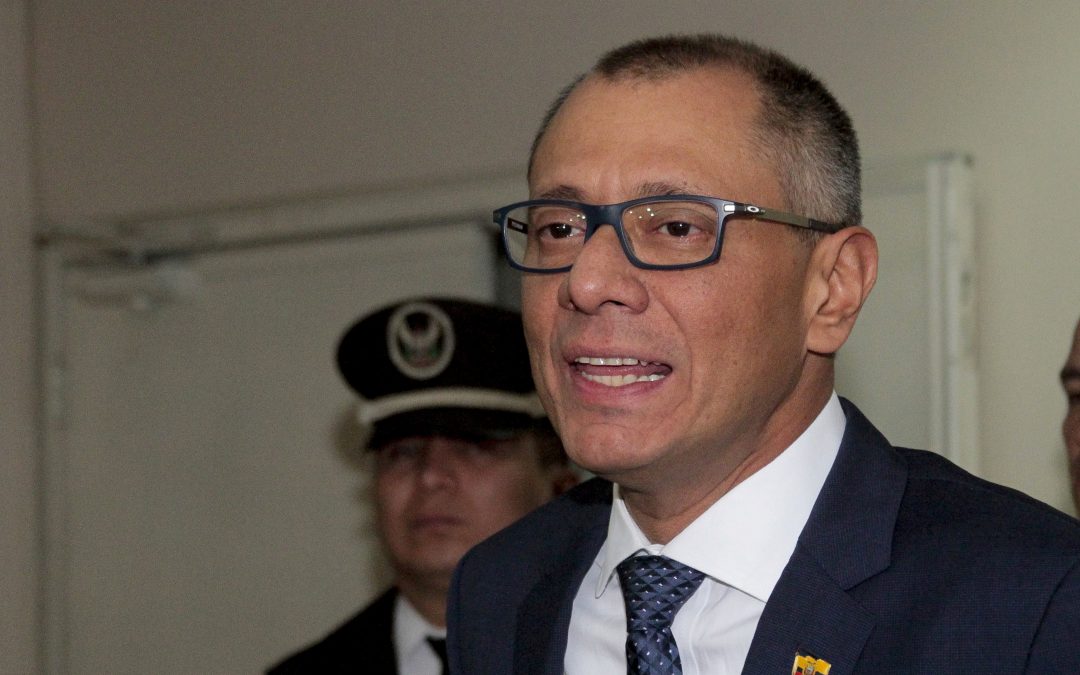
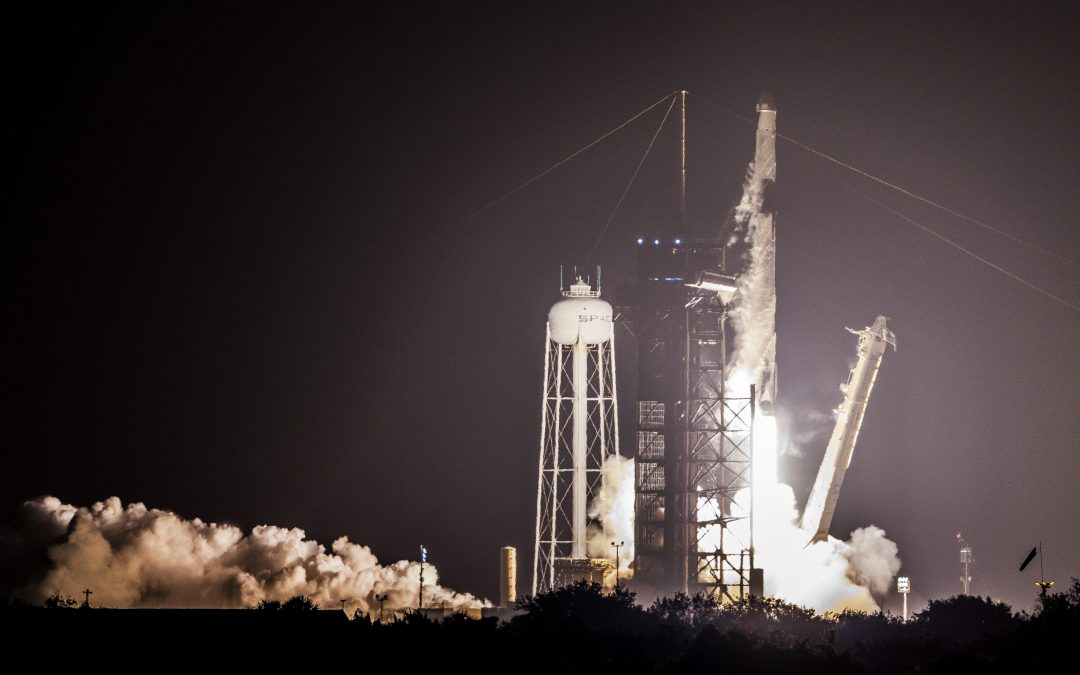
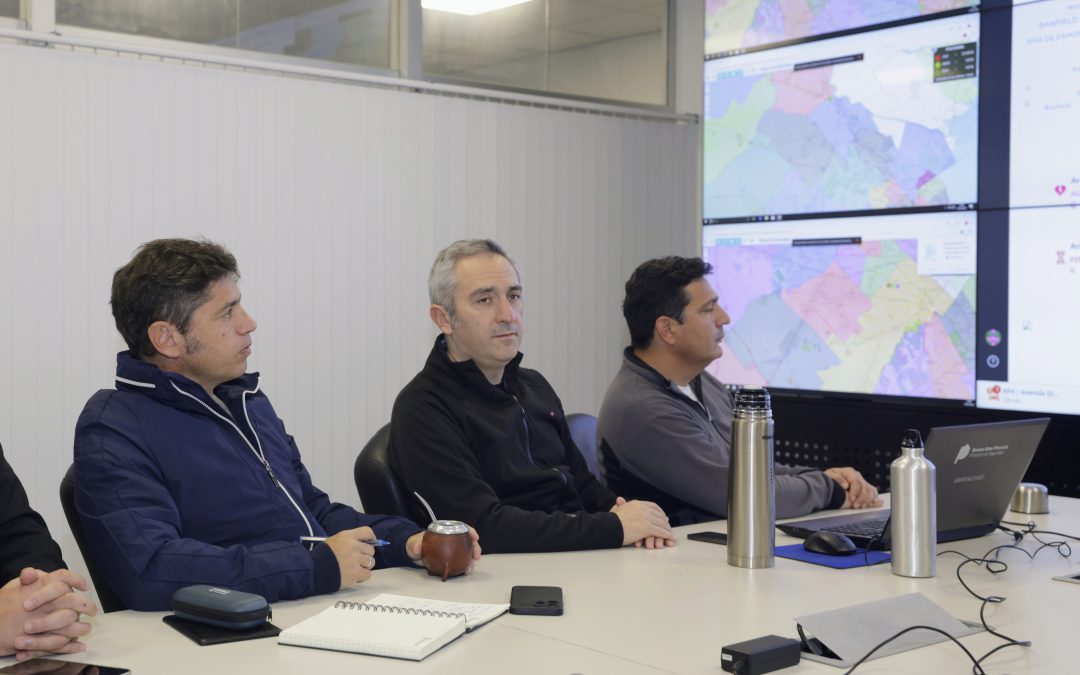

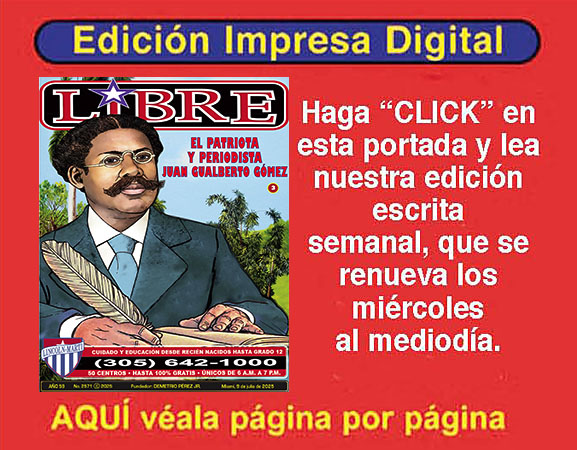


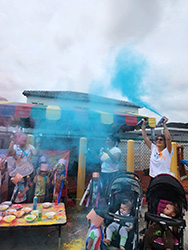
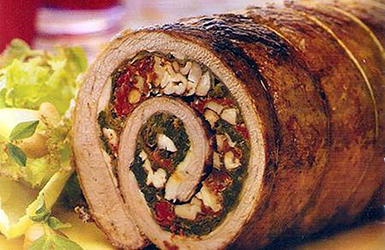
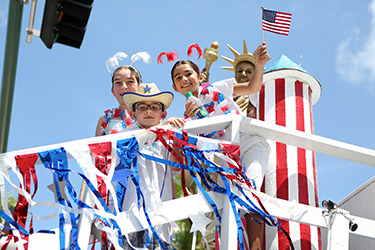
0 comentarios